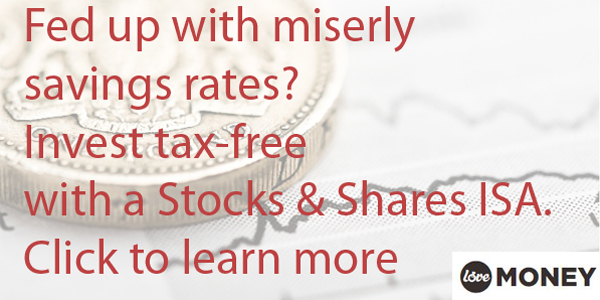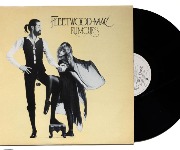Woodford fund collapse 'pushing more investors into passive funds'

Growing popularity of cheap tracker funds in no small part down to the collapse of Neil Woodford's fortunes.
A new study from Morningstar has identified the 10 funds that saw the biggest inflows from investors in September.
Remarkably, only two of those 10 were managed funds.
The most active fund was the PUTM Bothwell Global Bond, in fifth place overall, with the Blackrock European Dynamic fund in ninth spot.
In total, just 16% of the money that went into these 10 most popular funds found its way into an active fund.
And given the recent furore over one very high profile fund manager, is it really a surprise that investors might be less inclined to go for a managed fund?
Review your investment options with the loveMONEY investment centre (capital at risk)
Active vs passive
First though, it’s worth a quick refresher on the distinction between the two types of funds. With a managed fund, you and the other investors are putting your faith in the manager of that fund to make the right investment decisions.
There will be a theme to the fund ‒ so for example, it might only be investing in British firms that pay dividends, so you enjoy an income from the fund ‒ but it’s down to the manager and their team to work out where to invest.
The problem comes from the fact that an awful lot of managed funds underperform.
The large fees that you pay to invest in the funds end up delivering substandard returns, which is why some fund managers who have impressive track records end up becoming fund ‘superstars’.
In contrast, you have passive funds, or trackers.
These funds look to match the performance of a specific index. So for example, if you invest in a FTSE 100 tracker, the fund will invest in each of the relevant stocks, so that it goes up and down in virtually the same way as the index itself.
So while you won’t outperform the market, you won’t end up massively out of pocket either. The fees you pay to invest are much smaller too.
Going wrong with Woodford
There is no fund manager with a higher profile than Neil Woodford, whose record was sufficiently strong that when he set up his own investment firm, plenty of ordinary investors flocked to back him.
I know, because I was one of them. Despite my concerns over the effective ‘cult of personality’ that had developed around Woodford, I signed up just like everyone else, the first time I had strayed from my usual policy of only investing in passive funds.
And while things initially went pretty well, it all came crashing to a head last week with the announcement that the funds will be wrapped up in the coming months, having been frozen back in June.
It’s been a chastening experience, putting me off backing managed funds again. I’m sure I’m not alone in that either ‒ I’m not wild about the idea of paying higher fees on the off chance that I might end up with a manager on a hot streak.
Slow and steady will do me just fine.
The high profile difficulties of the Woodford funds will have played at least a part in the burgeoning popularity of trackers.
Other investors who, like me, have had their fingers burned may be more inclined to stick to trackers from here on out, so don't be surprised if passives continue to dominate these bestseller lists.
Capital at risk
Picking the right passive fund
Of course, it would be a mistake to think that putting your money into any old tracker fund will work out. There are plenty of things to look out for to help you pick out a winner from an also-ran.
The first thing to consider is the index that the fund is tracking. For example, if you want to stick to the UK, then you can go for a FTSE 100, FTSE 250 or FTSE All Share fund.
With the FTSE 100 you’re just backing the biggest names, but these firms are often so big that their fortunes are driven as much by what they’re doing overseas as how they are performing in the UK.
With investing, diversifying is always the name of the game, so going for a broad fund ‒ or range of funds ‒ is a good way to cover yourself against any hiccups that may come along.
The next consideration will be the fees you have to pay for the fund. Put simply, the smaller the better ‒ while trackers generally work out much cheaper than managed funds, there are some that charge fees that aren’t far off the levels you’ll pay for an active fund.
Just because you’re investing in a tacker, don’t take it for granted that its fees will be small.
Finally, be sure to check the fund’s tracking error.
This is essentially a measurement of how the performance of the fund compares to the index it’s tracking. Again, the closer the fund manages to replicate the index, the better.
This may ultimately come down to how the tracker works and how it attempts to follow the index.
Full replication is where the fund basically holds shares in each firm within the index, while partial replication is where the fund opts against holding some of the smaller stocks.
Most Recent
Comments
Be the first to comment
Do you want to comment on this article? You need to be signed in for this feature









